“There it is! I see it! I saw it first!” Whenever we drive into Paris, necks are craned, eyes are poised, waiting for that first glimpse of the Eiffel Tower. Someone always has to be the first to set eyes on it, and there’s tears if you happen to be the second.
It is truly a wonderful sight, the Eiffel Tower, standing tall above all of Paris. It’s easy to become a little blasé about it, “been there, climbed that”, but when you are standing below, or having a picnic close by on the Champ-de-Mars, it’s so remarkably tall and elegant it can take your breath away.
So here are some things you may not already know about the history of the famous Iron Lady of Paris.
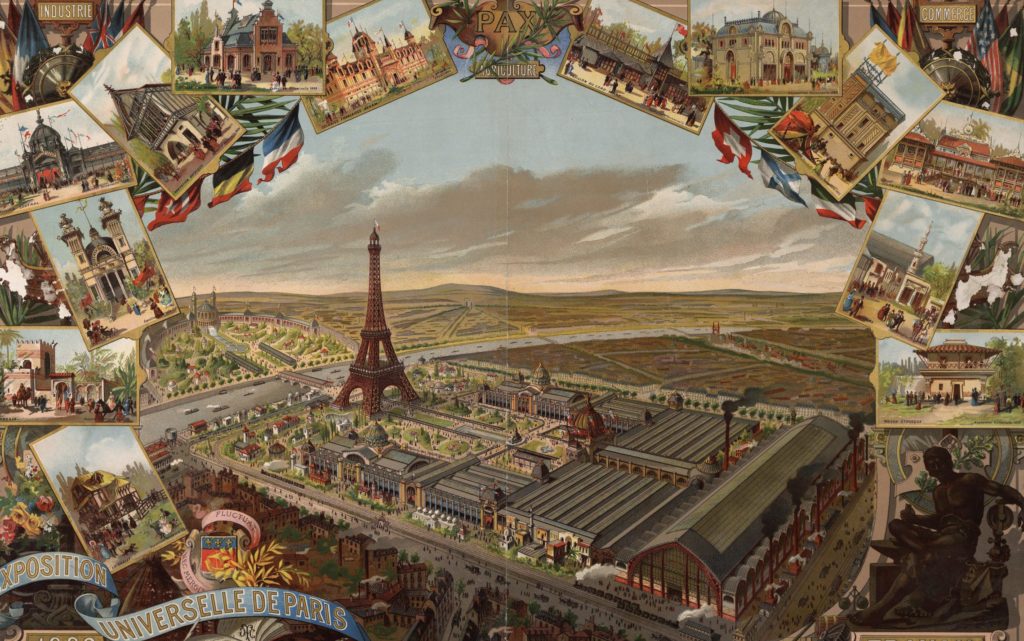
We almost had a stone tower instead
In the nineteenth century, the world took its fairs quite seriously. The 1889 World Exposition, Paris, commemorated 100 years since liberté, égalité, fraternité, or, the French Revolution. In the early 1880s, submissions began flooding in to the Hôtel de Ville (town hall) of Paris with designs for spectacular towers to be the entrance and centrepiece of the Exposition. One of the popular designs (apart from that of Gustave Eiffel), was a 300 metre high tower, similar in design to the Leaning Tower of Pisa, without the lean of course. It was the brainchild of Jules Bourdais, one of the architects of the Trocadéro Palace.
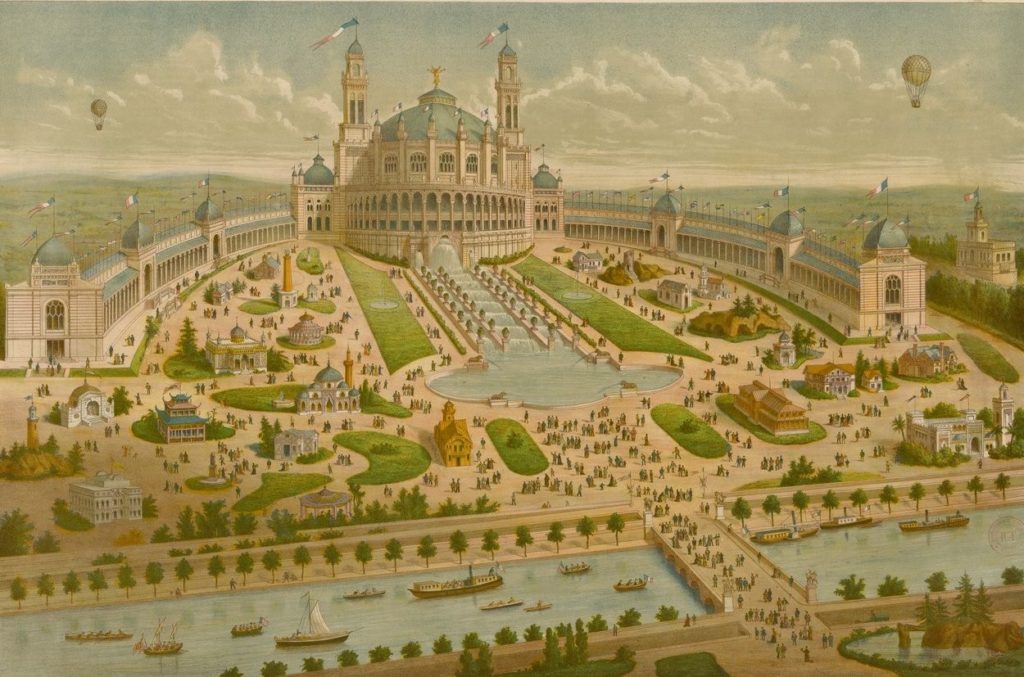
This sumptuous building was designed and built for the 1878 World Exposition and it sat, unsurprisingly, where you will now find Place du Trocadéro, a great spot for photos of the Eiffel Tower. The Palace was demolished in 1937 to make way for the Palais de Chaillot.
So Monsieur Bourdais had the idea that his grand and enormous stone tower would be surmounted by an electric beacon so large it would “light up all of Paris”. Its base alone would be higher than Notre-Dame Cathedral and would include a museum of electricity. He wanted to put his tower smack bang in the middle of Paris, on the Pont Neuf or at the Caroussel du Louvre so it could shine its light along the famous Champs-Élysées. As an added bonus, those suffering from varying illnesses would be able to benefit from “aeropathique’ cures from the tower’s lofty heights.

But there were several rather large concerns about Bourdais’ grand design. Nowhere in the world was there a stone structure of such a height. The tallest of the pyramids of Egypt were only 147 metres high, the newly added spire of the Rouen Cathedral took it up to 151 metres. It was clear that Bourdais’ tower, whilst visually impressive, would be too heavy, would require enormous foundations, and be incredibly expensive to build. And of course, we know Gustave Eiffel was awarded the grand prize of building his soon to be famous tower.
If you click on the link you can see Bourdais’ design at the Musée d’Orsay
Why did I do it? Because it was there
Around 20 years after the Eiffel Tower was completed, an Austrian by the name of Franz Reichelt, tailor by trade, spent much of his spare time designing a parachute for airplane pilots. Parachutes had been invented well over a century before, but in an age where plane flight was becoming more and more popular, pilots as yet had nothing they could wear and deploy quickly in case of plane crash (highly possible in the early days of flying).
Reichelt’s early designs worked quite well when he tested them on dummies he dropped from his apartment building. Emboldened by his success, in 1910 he attached his latest parachute to a mannequin and dropped it from the Eiffel Tower. Unfortunately the parachute didn’t work as planned and the dummy and Reichelt’s hopes fell rather quickly to the ground.
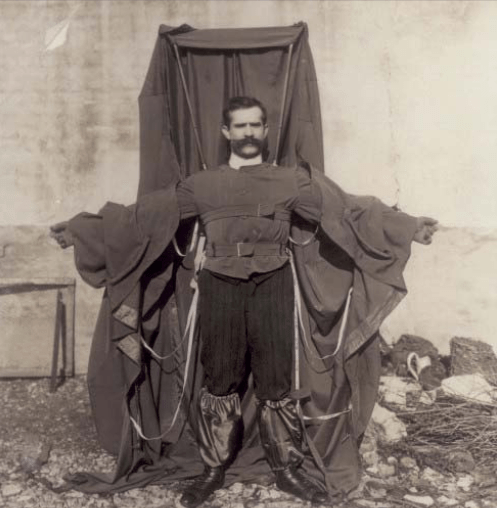
Two years later Reichelt was back at the Eiffel Tower with what he hoped was a bigger and better parachute design. According to newspaper reports of the time, on a bitterly cold Sunday morning, 4 February 1912, at precisely 8 o’clock, Reichelt arrived at the foot of the tower and was greeted by a waiting crowd of around fifty people.
Reichelt explained his wearable parachute design to the onlookers: that he would simply pull the strings attached to his overalls, the parachute would deploy and he would descend. He added,
“For the rest, you will see for yourselves how to come down from the tower instead of using the lift”
Calling out “see you soon” to his friends, he climbed the steps to the first floor of the Eiffel Tower, waited for so long the people below thought he had been replaced with a mannequin, and finally jumped.
The text in the video reads:
“As if he was aware of the horrible death which awaited him, the unfortunate inventor paused a long time before he launched himself into the void”
Exactly five seconds later the parachute had failed to open. Taken to a nearby hospital, Reichelt was declared dead on arrival. He was 33 years old.
There were once several planes parked under the Eiffel Tower
In 1945, a Boeing magazine reported on an aircraft exhibition being held in Paris. Where better for such a show, the Eiffel Tower, symbol of a Paris which had endured the hardships of occupation during WWII but emerged triumphant:
One of the chief weapons that rocked Germans back from their conquests. In Paris this point is being brought out to France by means of an air exhibit. The show is a display of American airplanes and equipment that participated in liberating France.

Note the caption at the top of the picture, “to let Europeans see what licked Germany”.
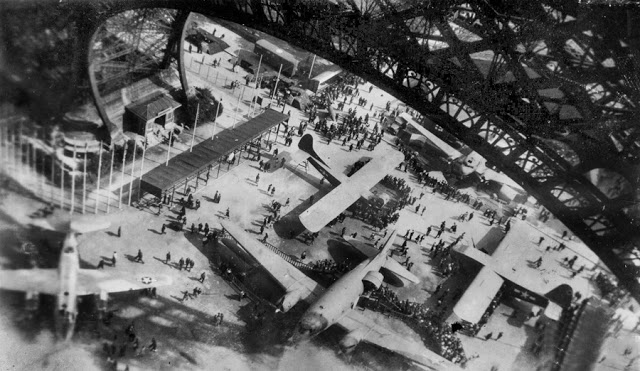
The Eiffel Tower really shouldn’t still be here
Gustave Eiffel only managed to secure a 20 year lease for his famous tower, after which time it was supposed to be pulled down. Seeing this as yet another challenge, Eiffel built himself an office on the third floor (imagine the view!) and began to use the tower with other scientists to conduct meteorological and astronomical observations, physics experiments, as a strategic vantage point, as an optical telegraph communications point, as a beacon for electric lighting, and for wind studies.
In 1898 a wireless antenna was installed at the top, and a year later Paris was able to send radio waves across the Channel. There was a lot of military interest in using the tower for radiotelegraphy, and voila, the Eiffel Tower was saved, and not demolished in 1910. It was subsequently used as a radio transmitter and proved invaluable during World War I.
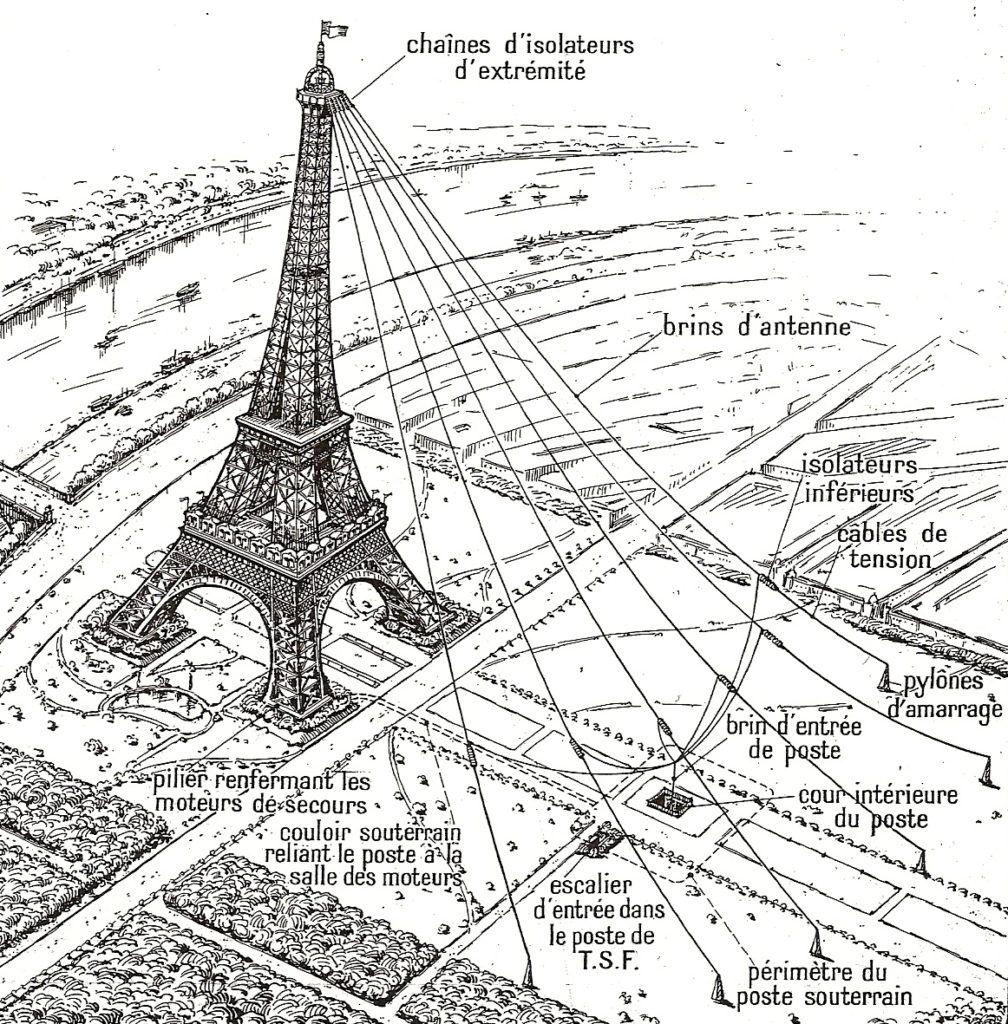
It was again threatened during World War II. The Germans were not able to enjoy the views at the top as much as they wished as the French had cut the lift cable ties before the Germans invaded Paris. So how would they hang their Nazi flag from the top? With a lot of climbing. I imagine the soldiers were none too happy when the flag proved too heavy and blew away, so they had to climb again with another, smaller flag.

Hitler visited Paris only once and was enamoured of its historic and beautiful monuments. However, in 1944, once it became clear his hold on Paris was becoming tenuous, he ordered the military governor to raze all of Paris, including the Eiffel Tower; that
“the city must not fall into the enemy’s hand except if lying in complete rubble”.
The governor believed Hitler was quite insane at this point and so he ignored the order.
Luckily for the French and for the millions of people who have since visited, since I can’t imagine a Paris without her, la Tour Eiffel still stands.
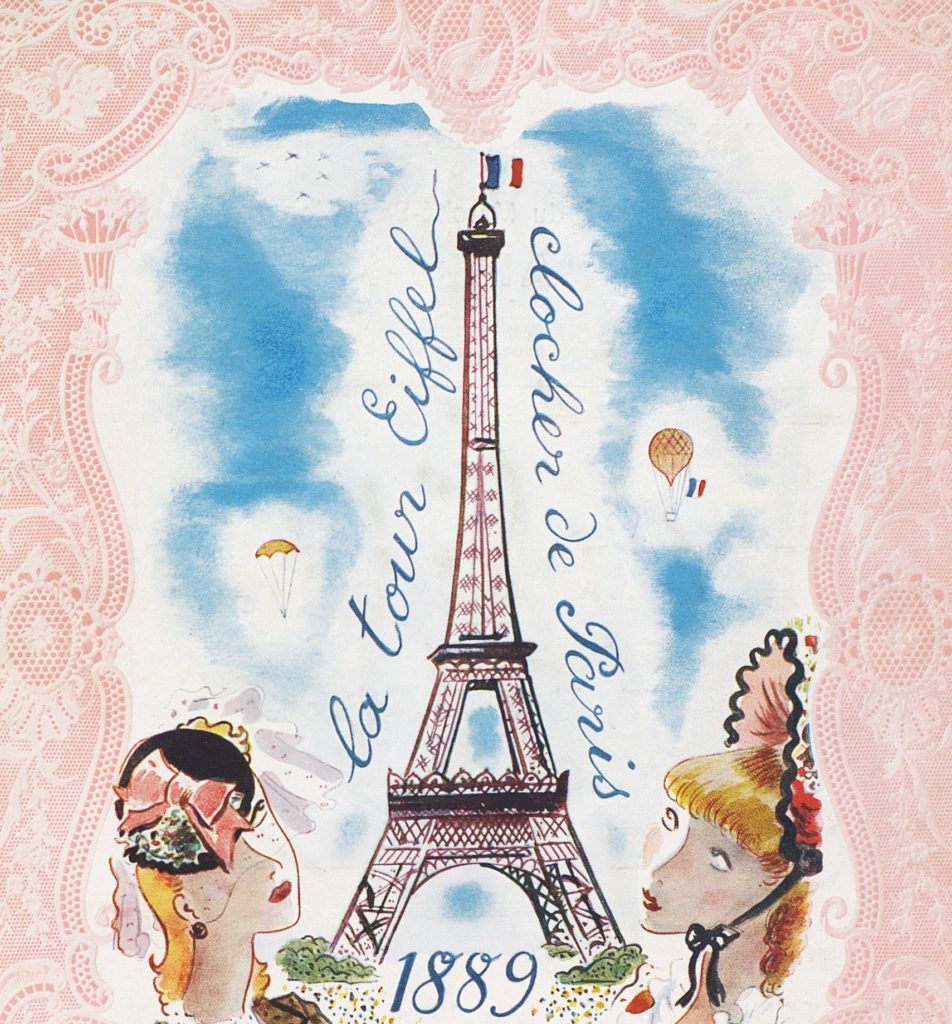
Have you visited the Eiffel Tower yet? Next time you’re there, stand underneath and marvel at all the history of the last 130 years.
Further reading
For lots more history and loads of useful information, particularly if you plan to visit the Eiffel Tower, here is a link to the official site.
Much of my information came from reading newspaper articles of the time, using resources available from the search website Gallica, at the Bibliotheque Nationale de France, particularly La Renaissance, published in June 1939.
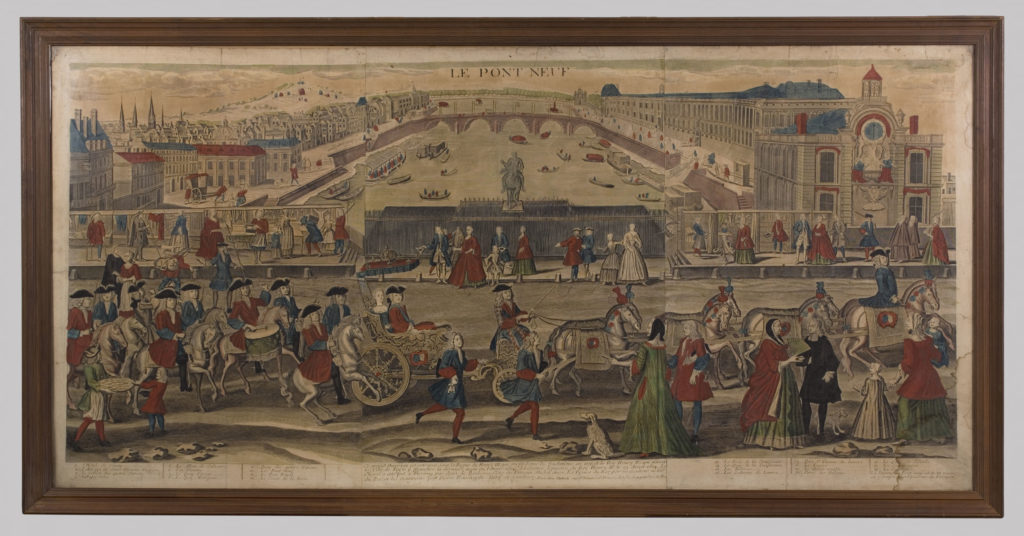

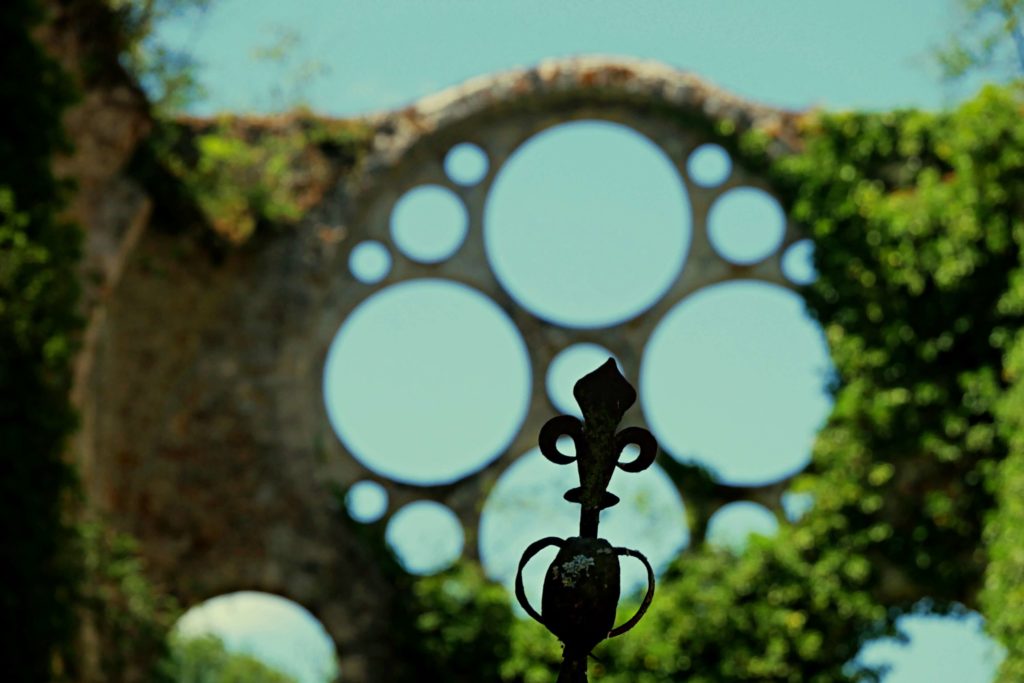
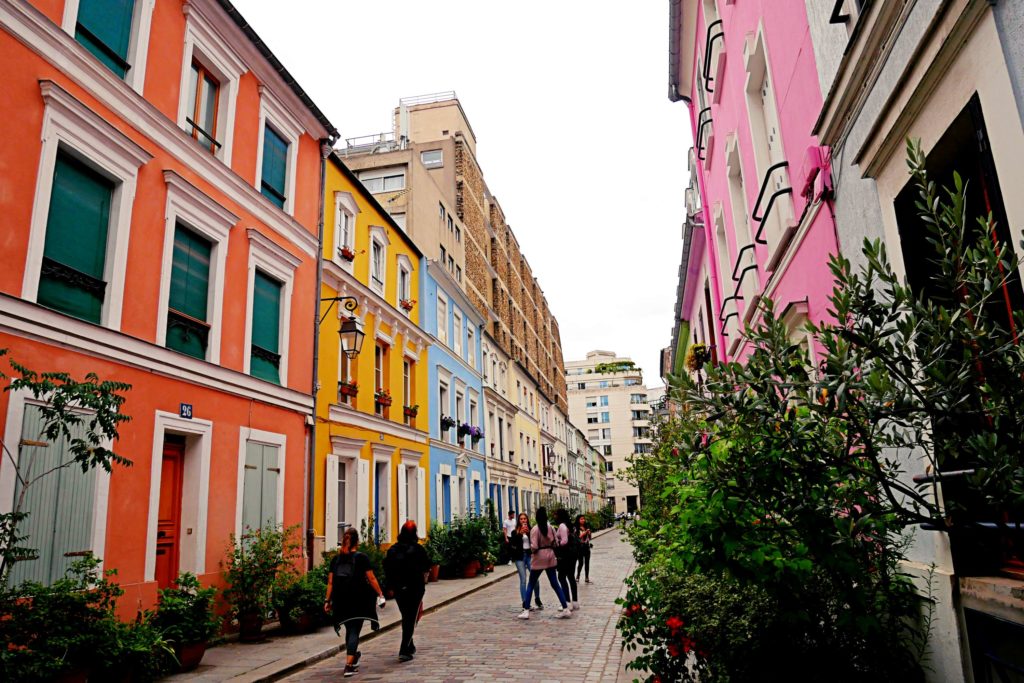
Ahh, the Eiffel Tower in my opinion is one of the most famous landmarks in the world and is Frances trademark. Having read a short history on the stair ascent, it is obvious there is more to it than I realised. I and many others must be thankful a use was found for it and that Hitler never got the chance to raise it to the ground.
It’s impossible to imagine Paris without its Eiffel Tower!
How lucky the world is to have this jaw dropping tower. Paris wouldn’t be Paris without it, and to think it was almost destroyed on more than one occasion!
Standing underneath it and looking up Is a must for everyone.
I agree! History is often a matter of luck and chance rather than design. I don’t know how Hitler thought he would destroy the Eiffel Tower but thank goodness he didn’t.